Taipei is such a spectacular city due to its variety of geographical features. Lush, green mountains surround every angle of the city, so escaping to nature is easily achieved by just hopping on the MRT.
One of my favorite places for an afternoon escape is Maokong, a mountain famous for growing local oolong and green tea. Maokong is located in the Wenshan district of Taipei, City and it is accessible by taking the brown line to Taipei Zoo station.
There is a gondola located adjacent to the MRT. The cable-car ride is about 20 minutes to the top, and it stops at the Taipei Zoo South Entrance, Zhinan Temple, and then finally Maokong.
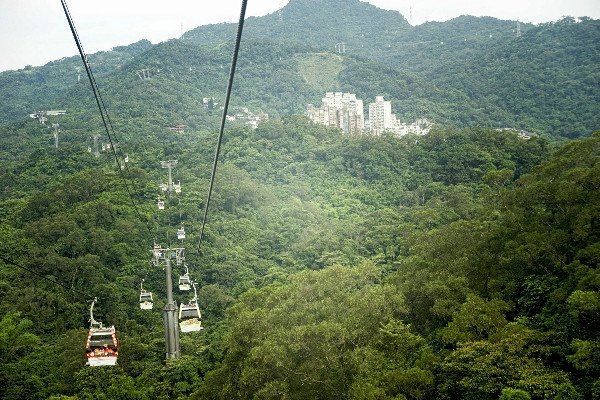
During the gondola ride, one can achieve a panoramic view of the city skyline and mountainous city border. For those seeking a more thrilling adventure, every fifth or sixth car features a glass bottom for more exhilarating views. If you are not afraid of heights, opt to stand in the “crystal cabin” line to experience this invigorating ride!
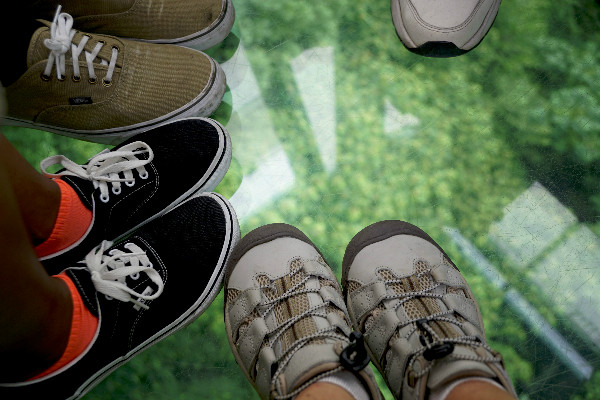
Once you arrive to the terminal station, meander along the ridgeway to find a teahouse or local restaurant. There are many restaurants that incorporate tea to infuse flavor in their dishes.
There are also delicious pineapple cakes, traditional Taiwanese dishes, or other local snacks to enjoy. I tried the tempura mushrooms from one of the cafes, and I must say they were scrumptious!
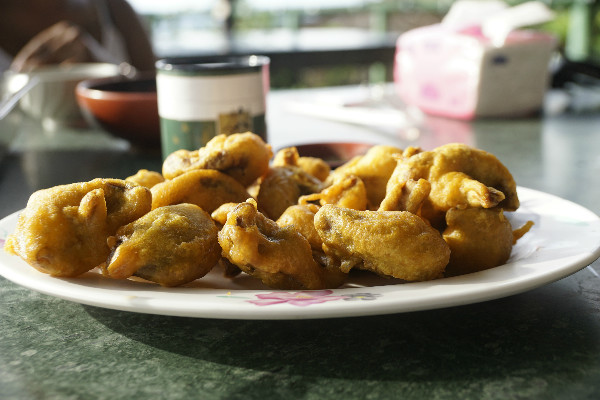
If you decide to enjoy the local tea, I recommend purchasing the option that comes with a presentation of the tea ceremony. The waiter or waitress will demonstrate how to properly steep and pour the tea for the best flavor and experience.
They will show you how to warm the cups and pot, and they will tell you how long to steep each brew. Drinking the Maokong tea on the mountain ridge will surely help you to unwind and relax from the bustling Taipei city life.
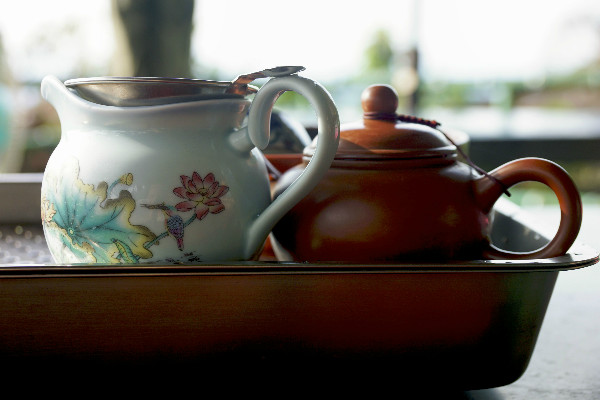
Maokong is open from 8:30am-9:30pm on weekdays and 8:30-10pm on weekends. Though tea is wonderful at anytime of the day, I highly recommend going in the late afternoon and staying for the sunset. It is a stunning sight watching Taipei light up in the night sky. Furthermore, be aware of weather, especially in the summer, as the gondola may close during thunderstorms or stormy weather.
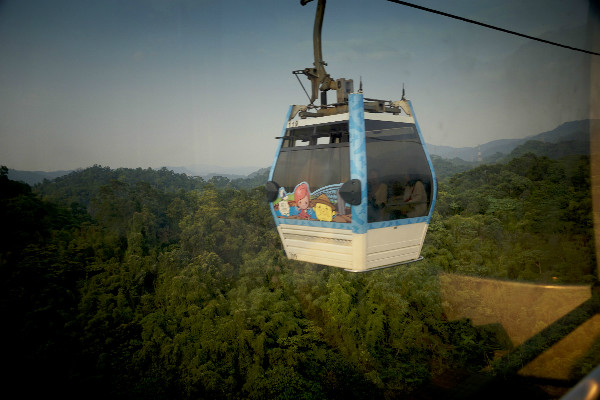

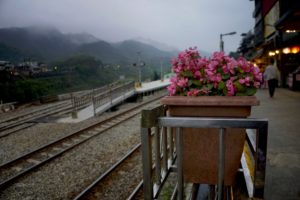
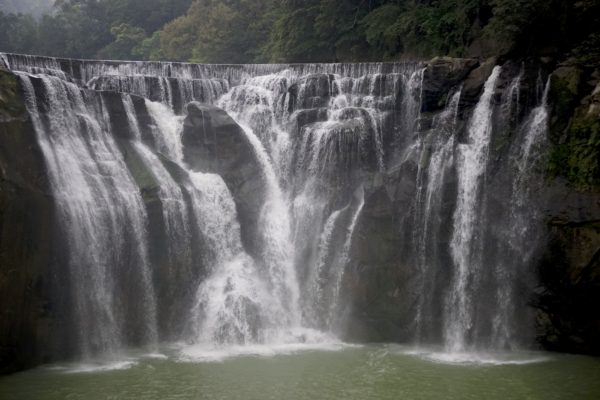
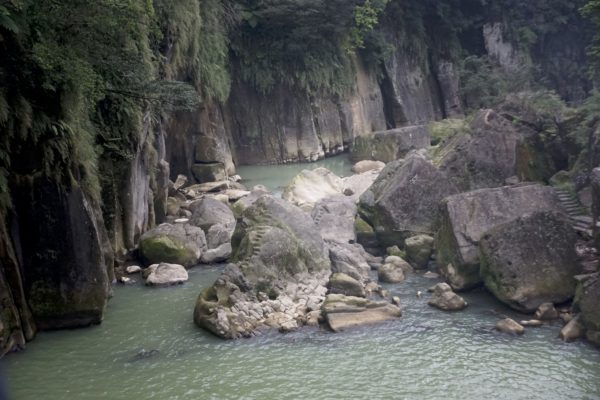
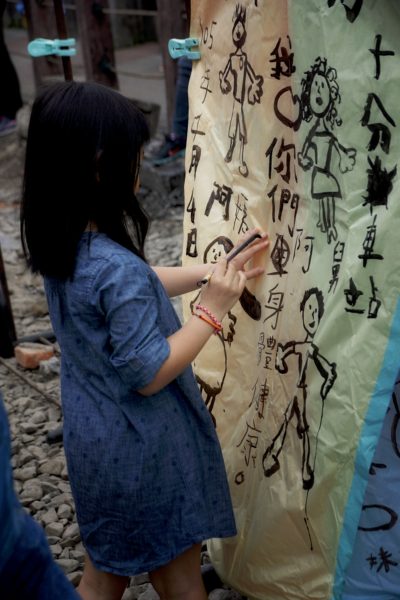
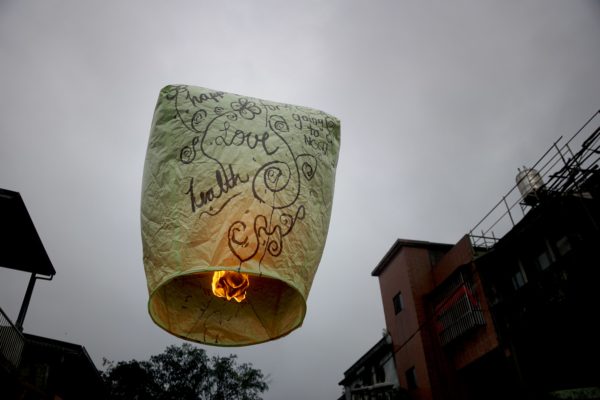



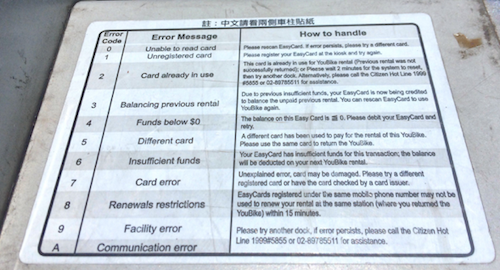
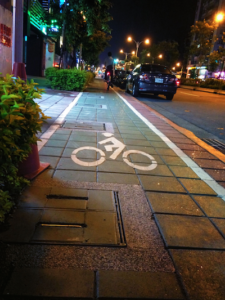
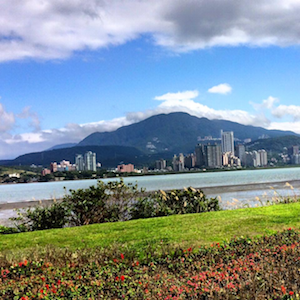
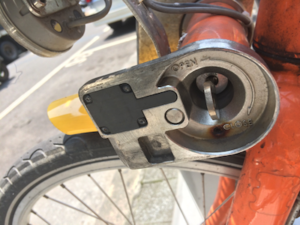

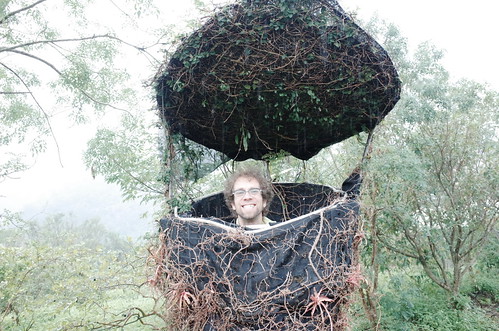

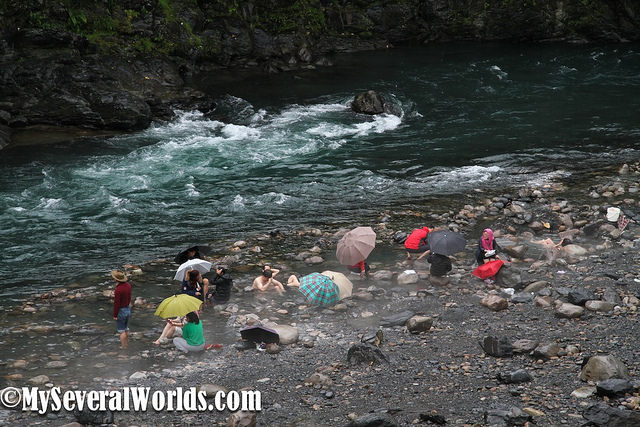
 ABOUT THE AUTHOR: Bilguun Namsrai is a Mongolian student who has been studying in Taipei, Taiwan since 2012. She completed her final year of undergraduate studies in capital city of Mongolia where she studied International Law. Currently, she is a senior graduate journalism student at Chinese Culture University.
ABOUT THE AUTHOR: Bilguun Namsrai is a Mongolian student who has been studying in Taipei, Taiwan since 2012. She completed her final year of undergraduate studies in capital city of Mongolia where she studied International Law. Currently, she is a senior graduate journalism student at Chinese Culture University.